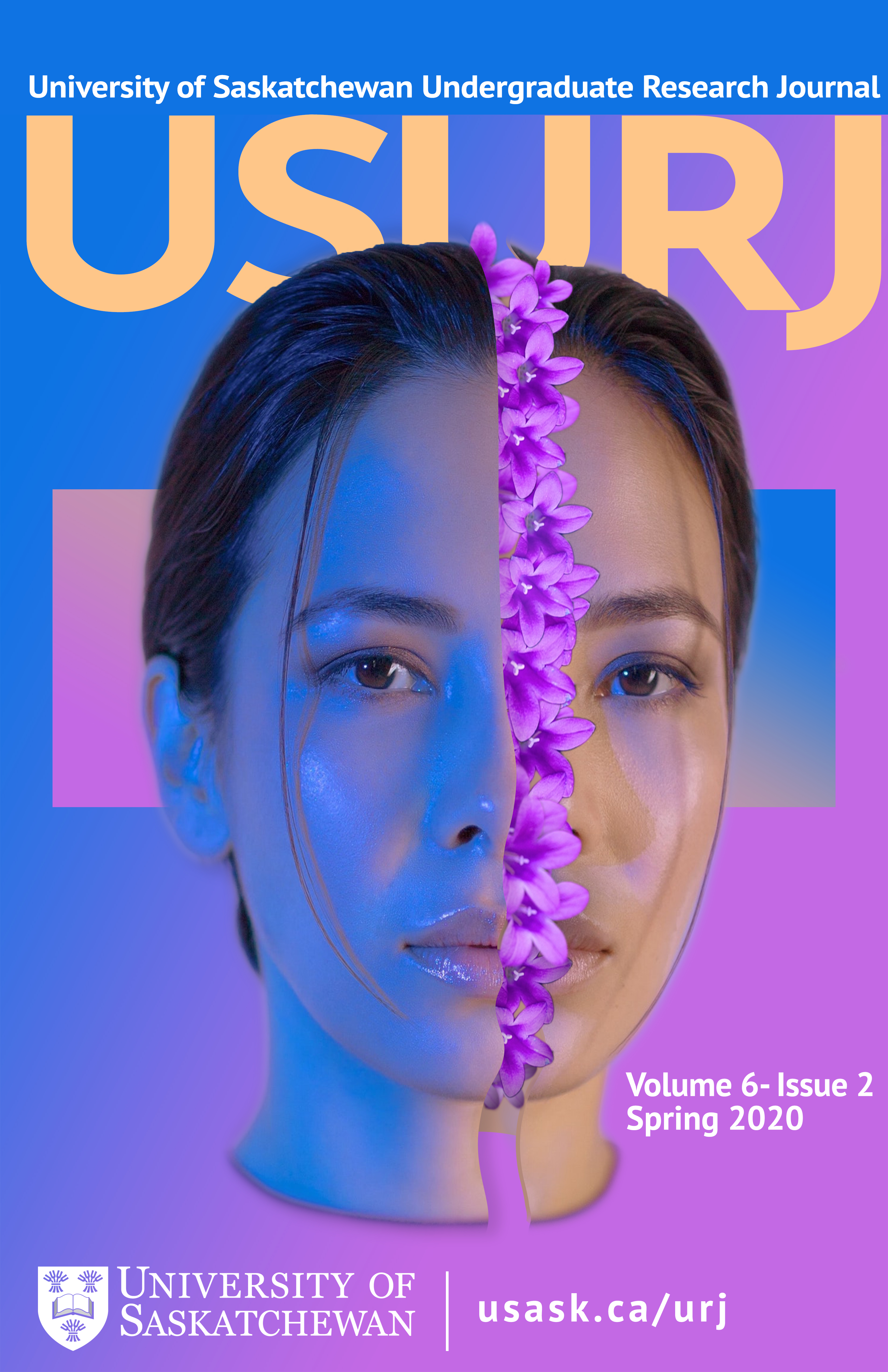Synthetic Mulches in Organic Hardneck Garlic (Allium sativum subsp. ophioscorodon) Production
Main Article Content
Abstract
The demand for certified organic garlic (Allium sativum) in Canada is increasing; however, garlic can be challenging to produce organically, as it does not compete well with weeds, requires relatively fertile soils, and is grown in a biennial cropping system. Synthetic mulches have been adopted in organic production as they can be an economical method to improve vegetable production by reducing weed pressure and modifying soil conditions. We hypothesize that garlic quality and overall yield will be improved when using synthetic mulches. In 2017-18, we conducted a randomized complete block design experiment to compare garlic production of black plastic, white plastic, and Kraft paper mulch treatments to a control with no mulch at a certified organic farm in Krestova, British Columbia. We evaluated garlic characteristics associated with yield and quality, changes in soil nutrition, and weed control of the mulch treatments. We found that plastic mulches had the best weed control, and all synthetic mulches increased minimum and maximum bulb diameter, clove count, and yield compared to the control. Mulching materials did not influence soil nitrate concentrations. The results support the hypothesis that synthetic mulches increase the quality and yield of the garlic compared to the control. Our findings suggest that synthetic mulching may be a key component of improving garlic production systems.
Downloads
Article Details
Section
Articles: USURJ’s current Publication Agreements apply a Creative Commons Attribution-NonCommercial License (CC-BY-NC) by default. The CC BY-NC license lets others remix, tweak, and build upon work non-commercially. The author(s) can choose a different CC license, as outlined in https://creativecommons.org/about/cclicenses/. Please see the PDF for each article to determine what license is applied to that article. Author(s) can also request to reserve all copyright (All Rights Reserved). If there is no indication for articles published before September 2020, assume the author retains all rights beyond those necessary for publication by USURJ. All articles published after September 2020 will apply one of the aforementioned CC licenses. See the Publication Agreement under the Submission Preparation Checklist or Author Guidelines for more information. Artwork: All copyright for the original artwork remains with the artist unless they wish to apply a Creative Commons (CC) license to the artwork. Please see the PDF for each artwork to determine what license is applied to that artwork.
